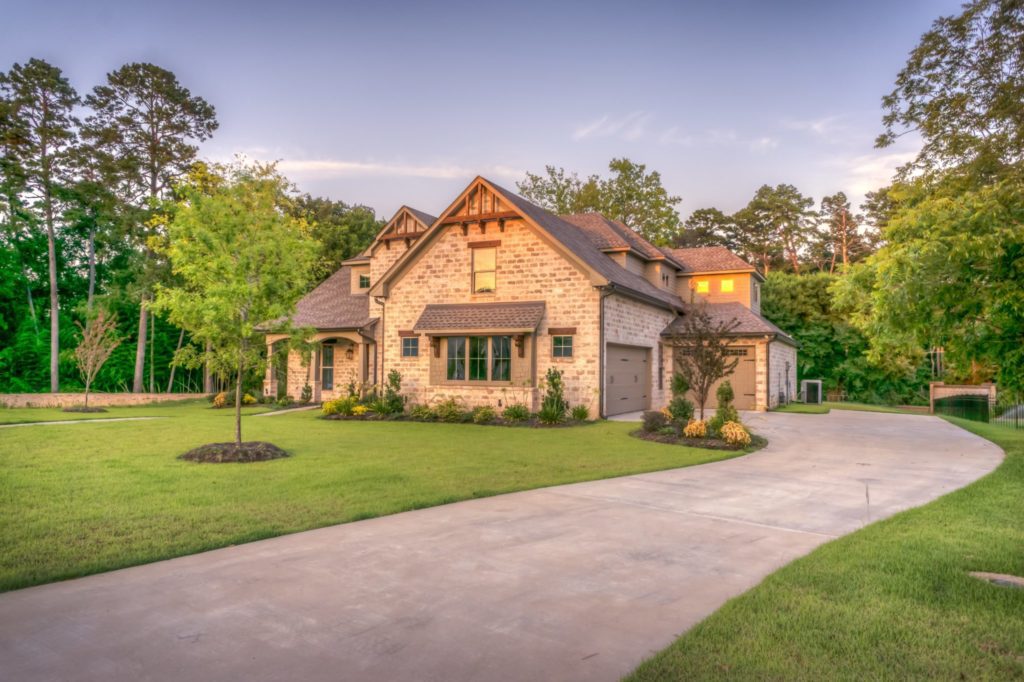Pairing Home Automation with Security
Thanks to our tech-savvy world, it has never been easier to automate our homes with devices that make our lives easier. Whether we want to regulate our home’s temperature for energy savings or keep a watchful eye for our home deliveries from the convenience of our smartphone, these devices and apps are able to make our homes more efficient and secure.
However, there are limitations to what security measures a fully-automated system can offer for your home’s security. To have a fully comprehensive home security system to keep your family and possessions protected, it’s important to consider supplementing your home with physical security measures.
In this article, we’ll explore how to pair home automation with security measures that keep your family and property secure.
- Pros and Cons of Home Automation and Security
- How to Pair Home Automation with Manual Security Measures
First, let’s take a look at what benefits and detriments that automation can bring to your home’s security.
Pros and Cons of Home Automation and Security
| Pros of Home Automation | Cons of Home Automation |
| More efficient than physical methods of security | Complicated to install and maintain, especially for those that aren’t computer savvy. |
| A set-it-and-forget-it convenience that gives you greater peace of mind | Vulnerable to hackers and other types of exploitation |
| Greater control and monitoring of your home’s environment, such as turning on lights when you’re not home or addressing any visitors to your home by intercom. | Costs of the devices themselves, which may require expensive upgrades down the road |
| Automatic updates and tracking of who enters and leaves your home. | Power outages may lead to service interruptions and misfirings of your home security system |
It’s important to look objectively at home automation’s vast potential for comprehensive security. This new technology enables you to closely monitor your home, deploy countermeasures that keep out criminals, and deter those who may seek out less-risky targets. Plus, you can enjoy the other benefits of home automation, such as turning off appliances or controlling temperature remotely.
However, let’s look at the cons of home automation:
- First, introducing an automated home security system can be out of the grasp for those that struggle with tech in their lives. Installation can require some aptitude and modification of your home, which needs to be accurate for your system to function optimally. And once a system is in place, many software updates and bug fixes can go unaddressed for individuals that simply don’t have the know-how to implement them.
- Second, hackers have the ability to access your home through unsecure systems, outdated devices, and vulnerable wifi networks. This can be catastrophic for your home, where you may find that not only does a hacker have control of your home’s energy and security systems, but also has the ability to manipulate them for nefarious purposes.
- Third, the cost of setting up a home security system can be expensive. Estimates in 2020 place low-level home automation at $2,000, though comprehensive systems can reach as high as $10,000 – either figure may be out of reach for most consumers, particularly those who have lower income and live in high-crime areas. Also, Cameras that use remote cloud-based storage require progressively more expensive storage costs as time goes on, adding to the already-full monthly bills you pay.
- Fourth, power outages can wreak havoc for home automation systems. Though many brands of home automation run off external power supplies and batteries, the truth is that these lapses in coverage can create the perfect opportunity for criminals to target your home.
These cons are pretty significant barriers towards creating a safe home environment. Is there a way to offset these problems while enjoying the benefits?
How to Pair Home Automation with Manual Security
Measures
For these aforementioned cons about home automation and others, the answer to securing your home is by using supplemental security measures for a fully-comprehensive approach.
There may be a tendency to have a set-it-and-forget-it mindset especially when we think of other automated home products, such as the Roomba. But home security requires an active mindset, where you provide additional layers of protection that keeps out criminals or, at the very least, gives your home’s occupants more time to confront an attacker or enable the police to prevent an active home invasion.
Essentially, devices like the Nightlock are designed to work without apps, wifi connectivity, and functioning power signals. By manually securing your home after setting your home’s automated security, you gain another layer of protection and the peace of mind that comes with a door barricade device that can withstand significant blows. Or, you may want to add blackout security shades that completely obscure your home’s windows and keep out prying eyes.
Nightlock offers a range of products designed for residential use that are not only considerably more affordable than home automation products, but are easier to install and maintain. Installation is simple for Standard Entry Doors, French Doors, and Sliding Patio Doors, requiring only minimal assembly and modification of your home. The NIGHTLOCK® Original is residential door security that uses the strength of the floor to withstand tremendous force, not invasive measures that ruins your home’s beauty and disrupts normal mobility in your home.
* * *
As you can see, home automation shows a strong potential for securing your home in ways that were unimaginable in years past. With this new potential for automation, you can gain greater control over your home’s security. However, to be absolutely sure that your family and home are protected to the best of your capabilities, incorporating non-automated devices like the Nightlock can give you comprehensive home protection.

